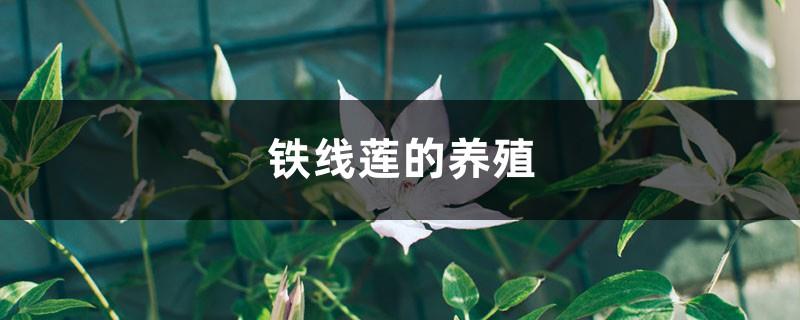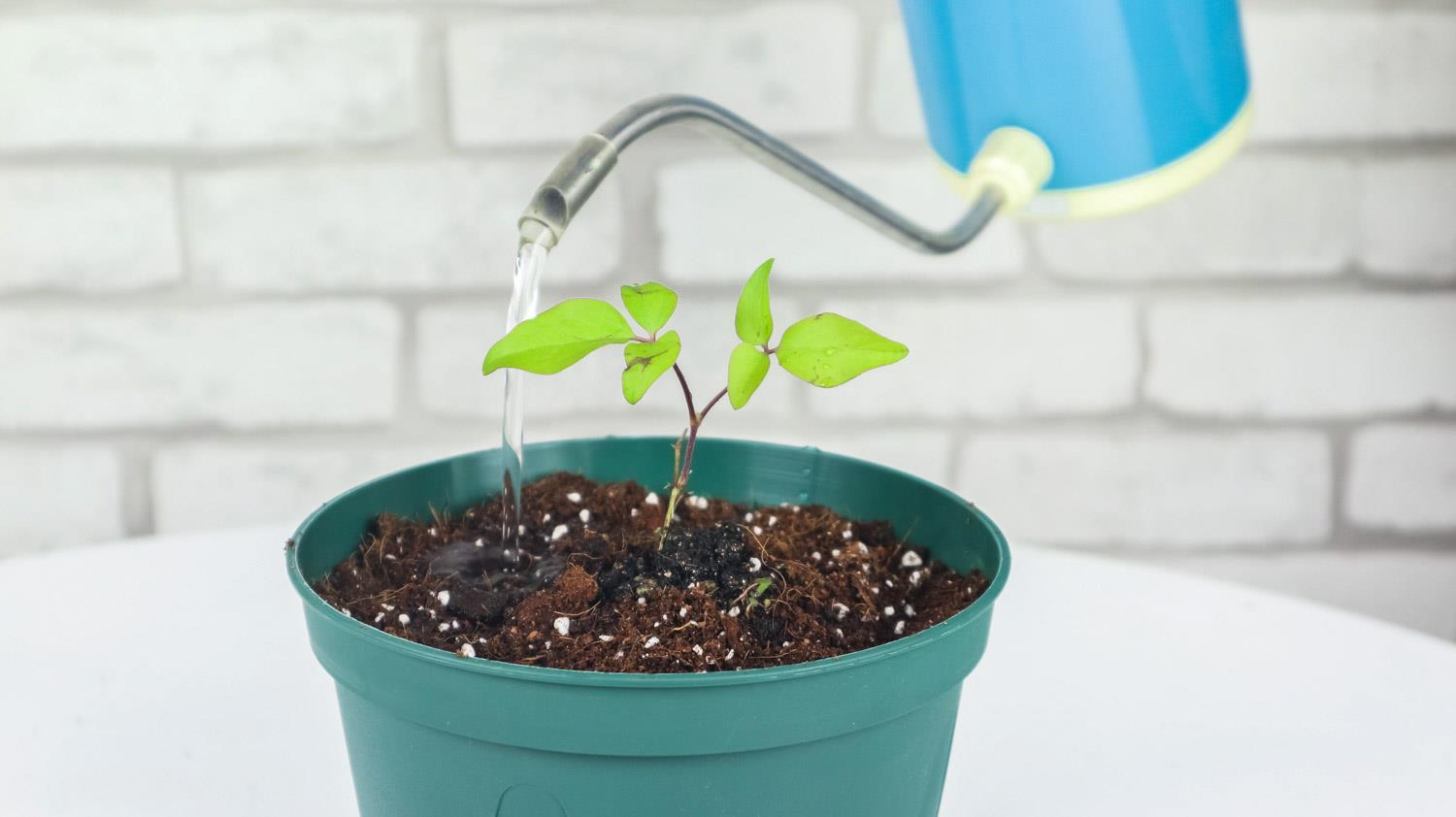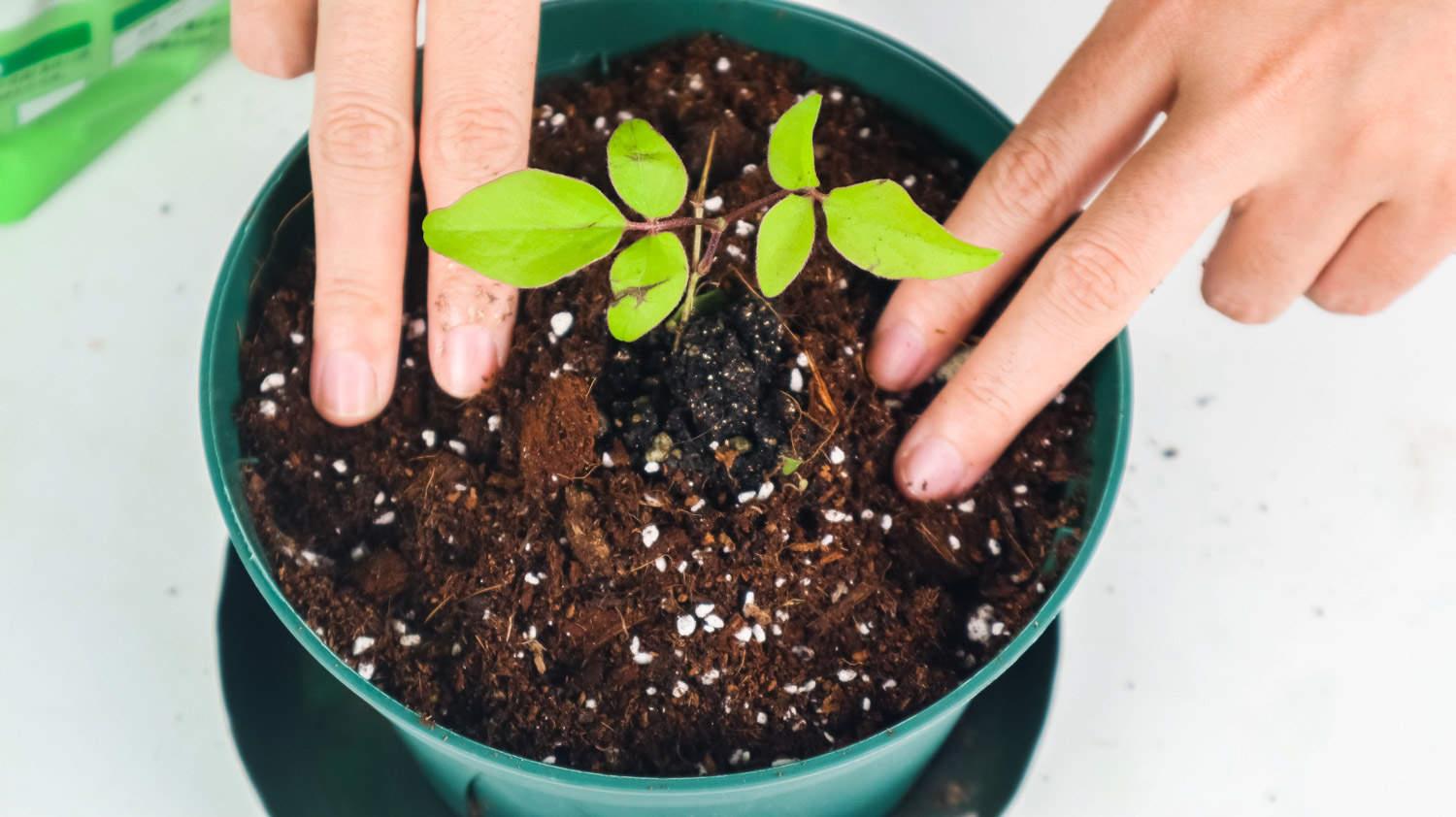Clematis cultivation
Last Update :2024.11.11
Article Catalog
Soil: Fertile and well-drained alkaline soil to avoid water accumulation in the pot. Watering: Alternate dry and wet periods, allow the potting soil time to dry, and ventilate after watering. Lighting: Receive full light in spring, autumn and winter, shade in summer. Indoor breeding needs to ensure 4 hours of light per day. Fertilization: The principle is "fertilize thinly and fertilize frequently."

soil requirements
Soil requirements
Prefers fertile, well-drained alkaline loam soil and avoids stagnant water. The most important thing is that the potting soil must be breathable. If possible, use better soil that has been strictly sterilized. If the conditions are poor, you can use perlite and peat. Try not to dig garden soil directly for potting.
Watering requirements
For clematis to grow well, it is necessary to ensure that the root system can breathe smoothly, and it requires alternating dry and wet watering. Let the pot soil have time to dry. Generally, you can water it when 2-3 cm below the soil surface is dry. If it is a plastic pot, it is a different matter. You can water it according to the weight of the pot soil. When it becomes lighter, you should water it; if it is a clay pot, observe the pot soil. If it turns white, it means you need to water it. Watering must be done thoroughly. The concept of watering thoroughly means that there is at least water flowing out from the bottom of the pot. Pay attention to ventilation in time after watering.

Light requirements
Potted clematis should be cultivated under full light conditions from autumn to early spring of the next year, without shading. Strong sunlight in summer will cause the leaves of clematis to age and turn yellow, resulting in poor growth, so proper shading is required. When maintaining indoors, ensure at least about 4 hours of sunlight every day, otherwise the clematis will not grow well.
Methods of fertilization
Insist on applying thin fertilizers frequently and avoid quick success. There are many varieties of clematis, some of which are intolerant to fertilizers, such as long-petaled, evergreen, and Montana. They require less fertilizer during maintenance. Also, when fertilizing young seedlings, it is best to only use root-promoting and slow-seedling fertilizers instead of heavy fertilizers. Winter is the best season for fertilizing clematis. Basically, apply once and it will last for several months!

Notes
Newly planted clematis need to be adequately hydrated in the first few months so that the roots have sufficient moisture to extend.
Clematis is a vine, its branches are brittle and easy to break, so be sure to lure them in time and fix them.
The clematis cultivated on the open-air balcony should be drained in time, especially in the rainy season. They can be properly exposed to rain, but not excessively. Move indoors in a timely manner.
Watering requirements
Lighting requirements
Fertilization method
Precautions
- END -
What does the Gesang flower mean?

The Kelsang flower is also called the Kelsang plum flower, but it is not a simple ...
How to grow gentian flowers and what to pay attention to, when will they bloom?

In terms of soil, it is advisable to choose soil that is loose, fertile, highly br...